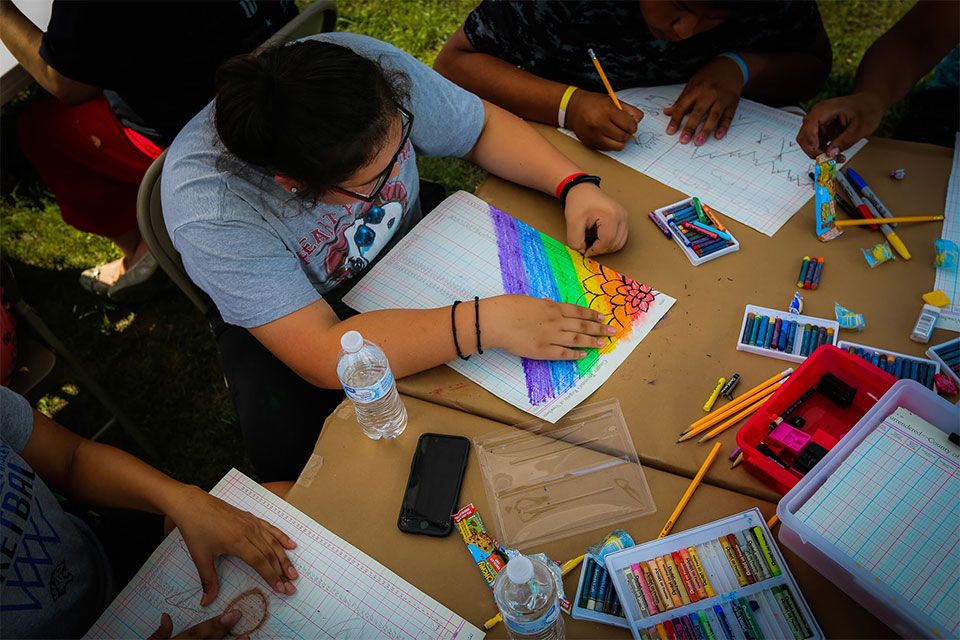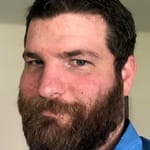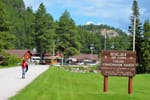Editor's note: This is the second of two stories in Part 1 of a two-week special report in which South Dakota News Watch will examine the historical and current educational achievement gap between Native American and white students in South Dakota.
This week: An examination of the problem and its causes, and a glimpse inside a successful community program helping Native students achieve.
Next week: A look at reforms that could vastly improve Native education in South Dakota, and an examination of a proposal for Native-focused charter schools in S.D.
It’s hard not to notice the murals decorating downtown Eagle Butte.
Large, stylized letters that spell out Lakota words and artworks that celebrate Native American culture are spread throughout the small, north-central South Dakota city. Most of the artwork exists thanks to the Cheyenne River Youth Project, a non-profit service organization providing after-school educational programs, job training and internships, wellness education and healthy meals to children on the Cheyenne River Indian Reservation.
In impoverished communities such as Eagle Butte, which straddles the border between two of South Dakota’s poorest counties — Ziebach and Dewey — after-school and summer programs have become essential. Poverty and substance-abuse disorders such as alcoholism and methamphetamine addiction are prevalent in the community, said Julie Garreau, who founded CRYP in 1988 and serves as the organization’s executive director.
Programs like hers provide a safe place for youths to get help with school work, explore career options and find at least one healthy meal each day, all of which can help children improve their success in school. They are one way that local communities have stepped in to fill gaps in Native education that are inherent in the traditional public school system in South Dakota.
“I think after-school centers and facilities play a big role in how our children thrive,” Garreau said. “It says something when we have over 100 kids coming here every day.”
A growing body of research backs up Garreau’s premise. According to a 2015 report by the national non-profit Afterschool Alliance, a strong body of research shows that after-school programs can increase school attendance rates, heighten excitement to learn and improve overall academic achievement. Though data on CRYP’s impact is limited, standardized test scores in the local school district are higher than those in most other districts serving majority Native American populations in South Dakota west of the Missouri River.
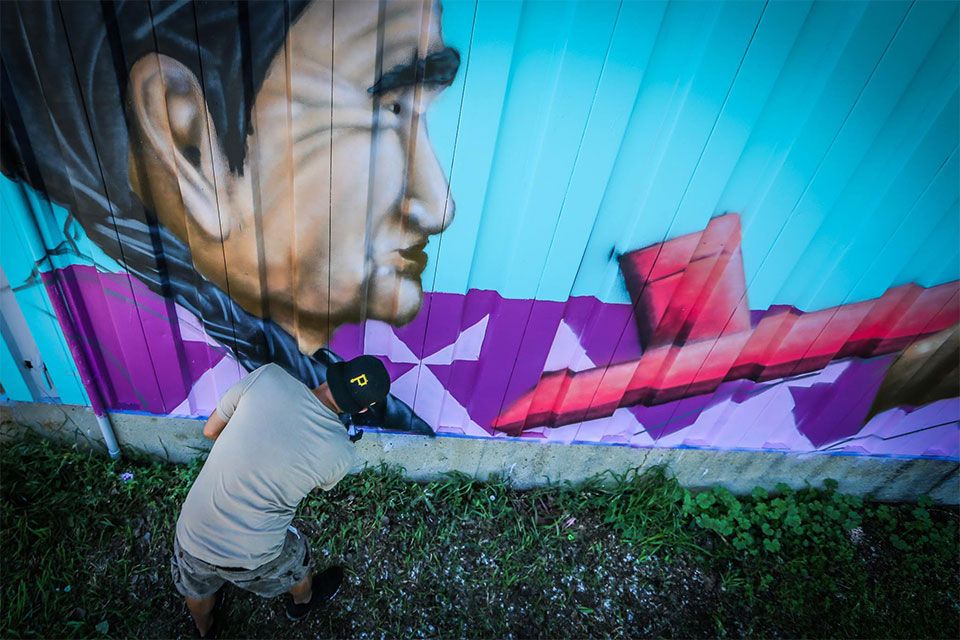
“I think for us, what’s important is that we give kids options and opportunities so that they can imagine what they can be when they grow up,” Garreau said. “We’re a rural community and rural communities often do not have the same resources, the same access, that maybe urban kids would have. So it makes sense that organizations like the Cheyenne River Youth Project and other groups that work to provide after school programming are necessary.”
The murals in Eagle Butte were painted as part of the Red Can Graffiti Jam, one of the artistic opportunities CRYP provides for children on the reservation. Graffiti artists, dancers and musicians from around the United States and other countries are brought in each June to teach, paint and celebrate Lakota culture.
“What’s important about what we’re doing is, we’re helping them find their voice and, in that, some sense of empowerment and control in an environment that is often uncontrollable,” said Tyler Read, CRYP art director.
Art helps youths constructively express anger, pain and sadness, which can be incredibly important to people who have been marginalized, Read said. Being isolated on remote reservations and forced to send children to schools that would systematically strip them of their cultural identity certainly fits the definition of marginalization, he said.
The art programs at CRYP also expose Native American youths to artists from around the world, Read said. While the Red Can events draw artists, both native and non-native, from every corner of the United States and several foreign countries, CRYP has also created art fellowship and internship programs through its Waniyetu Wowapi (Winter Count) Lakota Arts Institute. The internships and fellowships pay students to spend time learning from professional artists.
Art is the most visible way CRYP is helping children from the Cheyenne River Sioux Tribe, but it isn’t the only source of positive programming. Programs are run and supported by the dozen staff members in combination with numerous volunteers who often come from around the world and live on campus for a time. Two buildings on campus separately serve children ages 4 to 12 and 13 to 18. CRYP staff also manage a series of community-service programs, such as a Christmas toy drive.
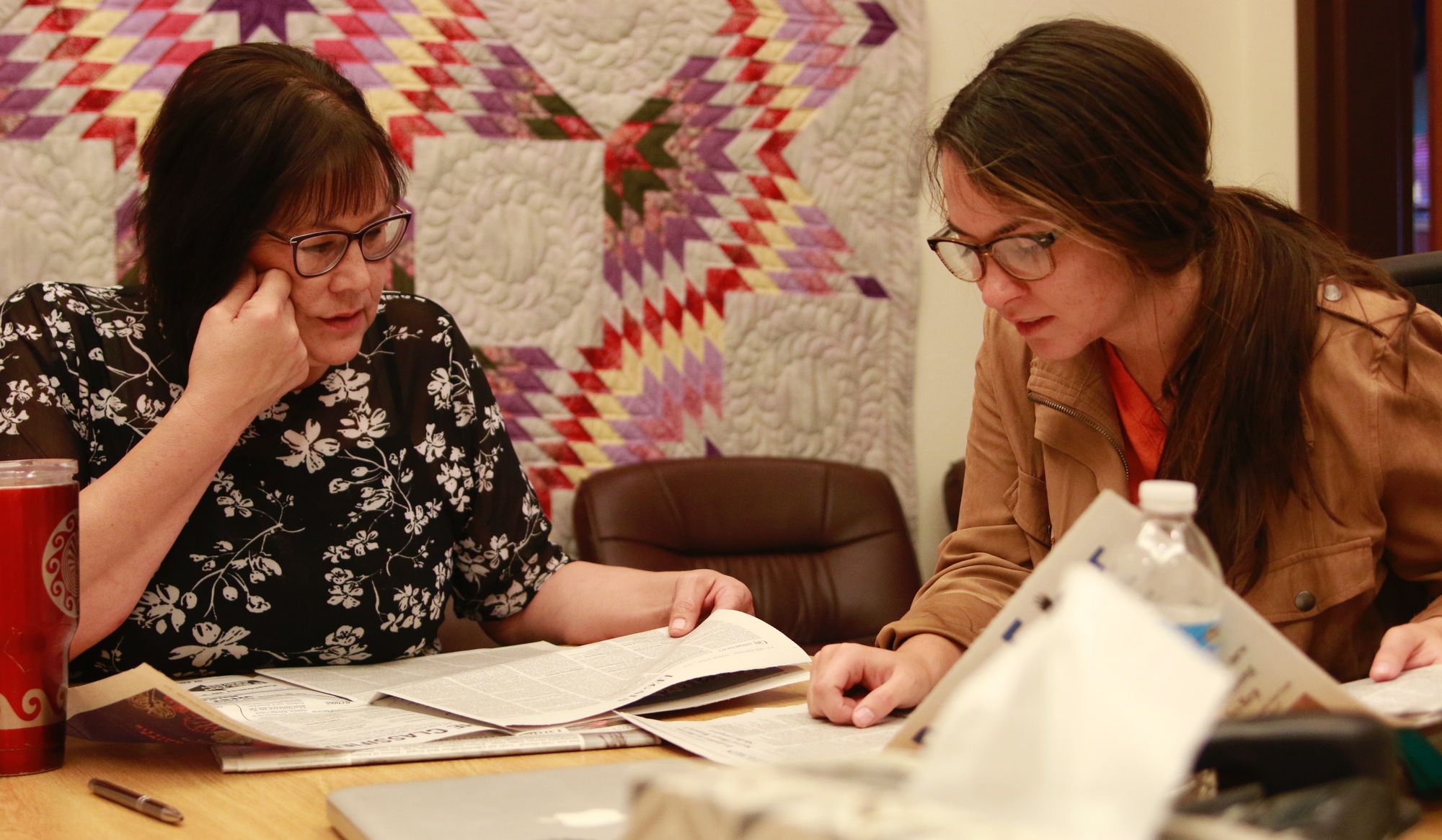
One building, The Main, offers younger children an arts and crafts program, a literacy program, wellness programming and a hot meal every day. The idea, Garreau said, is to provide children with a fun, safe place to go after school that also encourages them to learn. All of the programming is offered for free.
When it comes to teenagers, CRYP works to develop programs that provide work experience and exposure to potential careers. The organization’s Cokata Wiconi (Center of Life) Building houses five internship programs including a food sovereignty program in which 10 teens plant and harvest food from CRYP’s 2.5-acre Winyan Toka Win (Leading Lady) Garden.
The Cokata Wiconi Building also houses the Keya (turtle) Cafe and a fully stocked commercial kitchen, the Keya Gift Shop, and the Winyan Toka Win (Leading Lady) Farmers Market, all of which allow interns to learn about running a business while also earning certifications in CPR, financial literacy, customer service and food handling.
“That’s what we do here because we are so rural, they can’t go and work at McDonald’s to get work experience,” said Meghan Tompkins, CRYP deputy director.
Another internship program focuses on Native wellness and includes education on historical trauma, managing chronic conditions such as diabetes, and ways to maintain healthy relationships.
The center also offers indigenous cooking internships in which interns learn about traditional medicines and how to prepare traditional foods such as wasna, a dried bison meat patty mixed with dried chokecherries and fat.
Outside of work experience, the Cokata Wiconi Building hosts a midnight basketball event every Friday in summer and caps the summer off with a three-on-three basketball tournament before school starts. Every March, CRYP holds a dress drive to gather formal wear to give away to Native youths who can’t afford a dress or tuxedo for prom. Girls also can participate in the Passion for Fashion event in which an evening is dedicated to helping young women gain confidence.
Nearly all of CRYP’s programming is paid for by donations and grants. The organization’s 2016 IRS tax paperwork shows CRYP brought in just shy of $1.5 million worth of grants and donations that year.
Garreau admits that CRYP can’t solve all of the challenges facing native children in Eagle Butte. Schools, parents and government all play a role in whether a child will grow up happy, healthy and to be productive for their communities, she said.
“We need to be investing everything we can into our kids,” Garreau said.
